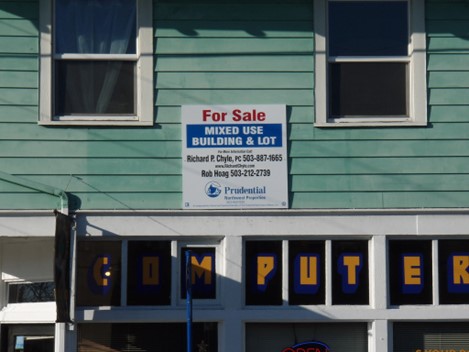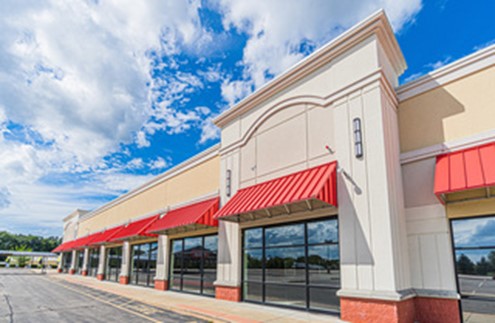Investing in real estate has long been a popular strategy for generating income and building wealth. In recent years, multi-use properties have gained traction among investors seeking to maximize revenue and minimize risk. These versatile properties combine retail, office, and residential spaces, offering a unique investment opportunity with multiple income streams. In the following article, David Shulick explores the benefits of multi-use properties, discusses how they can help investors diversify income, and explains why they are an attractive option for real estate investment.
What Are Multi-Use Properties?
Multi-use properties, also known as mixed-use properties, are buildings or complexes that house multiple types of spaces, typically a combination of residential, commercial, and office. These properties can range from small mixed-use buildings with retail shops on the ground floor and apartments above, to large developments with a variety of commercial and residential spaces.
The flexibility of multi-use properties allows investors to adapt to changing market trends and consumer needs, making them a versatile addition to a real estate portfolio. Now, let’s dive into the benefits of investing in multi-use properties.
Diversifying Income Streams
One of the most significant advantages of multi-use properties is the diversification of income streams. By having different types of tenants, investors are not solely reliant on one sector of the real estate market. This diversification can lead to greater stability and reduced risk, as income from one segment can offset fluctuations in another.
For example, during economic downturns, residential tenants are generally more stable than commercial tenants, as people still need housing. Conversely, during economic booms, commercial and office spaces may generate higher rents due to increased business activity. This diversification allows investors to weather market fluctuations and maintain a steady stream of income.
Maximizing Revenue Opportunities
Multi-use properties can maximize revenue opportunities by offering multiple types of rentable spaces. Retail spaces can attract businesses seeking high-traffic locations, while office spaces can appeal to professionals and small companies. Residential units, meanwhile, provide a consistent source of income from tenants seeking convenient living arrangements.
Additionally, multi-use properties often benefit from cross-pollination between tenants. For instance, a retail business in a multi-use building may attract residential tenants due to the convenience of having shops and services nearby. This symbiotic relationship can create a thriving community within the property, leading to higher occupancy rates and increased revenue.
Reducing Vacancy Risk
Another benefit of multi-use properties is the reduced risk of vacancy. Since these properties have multiple types of tenants, the likelihood of the entire property being vacant is significantly lower than in single-use properties. This lower risk of vacancy can lead to more consistent cash flow for investors and a greater return on investment.
Investors can also benefit from tenant turnover flexibility. When a retail tenant moves out, investors can repurpose the space for another type of business or office tenant, depending on market demand. This flexibility helps ensure that spaces remain occupied and generating income.

Adapting to Changing Markets
Multi-use properties offer adaptability, allowing investors to respond to changing market trends and consumer preferences. This flexibility can be crucial in a rapidly evolving real estate landscape, where demand for specific property types can shift quickly.
For example, during the COVID-19 pandemic, demand for office spaces declined while demand for residential spaces increased. Investors with multi-use properties could adapt to these changes by converting office spaces into residential units or repurposing retail spaces for other uses. This adaptability can help investors stay competitive and maintain revenue streams in dynamic markets.
Conclusion
Multi-use properties present a compelling investment opportunity for those seeking to maximize revenue and minimize risk. By combining retail, office, and residential spaces, investors can diversify income streams, reduce vacancy risk, and adapt to changing market conditions. These properties offer the flexibility and resilience needed to navigate the complexities of the real estate industry.
Investing in multi-use properties requires careful planning and a thorough understanding of the market. Investors should consider factors such as location, tenant mix, zoning regulations, and property management. However, with the right strategy and approach, multi-use properties can be a valuable addition to a real estate portfolio, providing a stable source of income and long-term growth potential.
